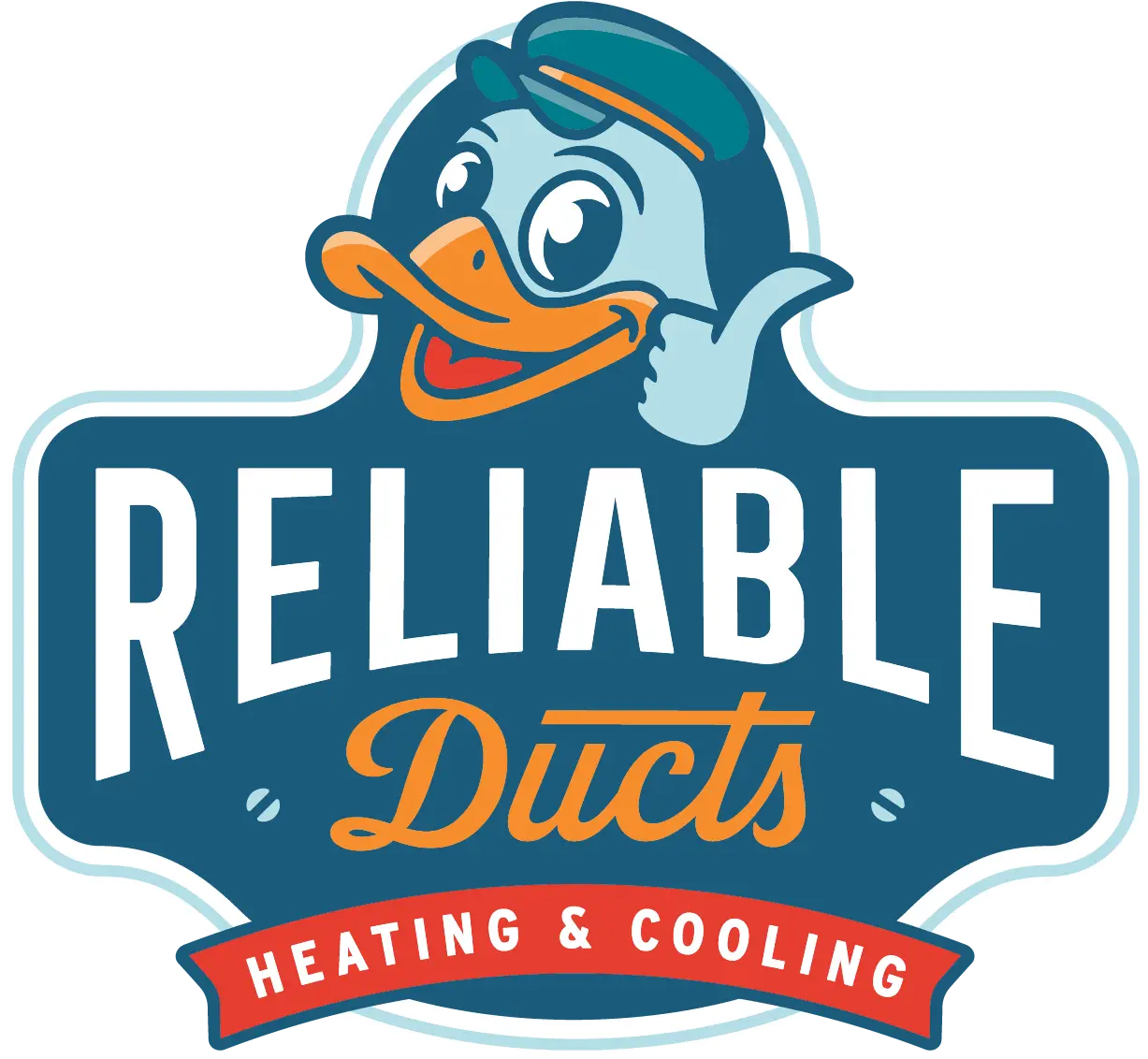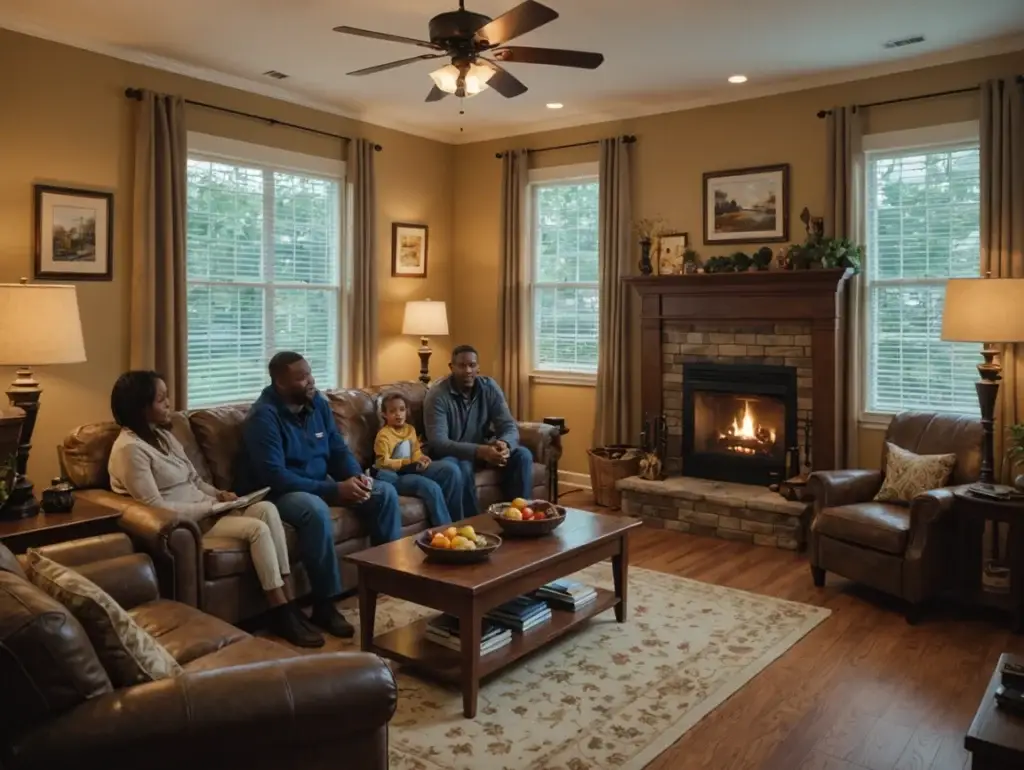Buying a new thermostat can be confusing because of the range of options available. Some thermostats are simply easier to use, while others have advanced features that can save you money. To help you find the best thermostat for your needs, we’ve designed this buyer’s guide to highlight what factors and features you should consider when choosing a new thermostat for your home.
Type of Thermostat
There are three main types of thermostats: manual, programmable, and smart thermostats. Manual thermostats aren’t ideal since they require you to physically adjust your home’s temperature to your preferences. Opting for a programmable thermostat is a better option since you can set different temperatures for different times of day and days of the week. When properly set, a programmable thermostat will help you save at least some money on your heating and air conditioning bills.
The only issue is that the settings on many programmable units are confusing. In fact, ENERGY STAR no longer certifies programmable thermostats since research shows that a large percentage of homeowners don’t use them properly.
Nowadays, smart thermostats are a top option. These units are connected to Wi-Fi and can be controlled by an app on your smartphone or tablet. Studies show that, on average, a smart thermostat will lower a home’s heating and air conditioning bills by around 8%, and the savings can be even higher depending on the type of smart thermostat you use and how you program it. Numerous ENERGY STAR-certified smart thermostats are available, and their convenience is unmatched compared to manual or programmable thermostats.
Mobile Device Compatibility
The vast majority of smart thermostats have apps for both Android and iOS. However, some brands and models only have an app for one platform. As such, before you decide on a smart thermostat, ensure that the unit you choose is compatible with your phone or tablet.
Smart Home Hub Compatibility
Many smart thermostats can connect to a smart home hub like an Amazon Echo Dot or a Google Nest so that you can control them simply by giving a voice command. While the voice-control feature isn’t necessary, it is definitely convenient. The only thing you need to do is make sure whatever smart thermostat you use is compatible with whatever brand and model of smart home hub you have.
Smart home hubs are plugged directly into an internet router with an ethernet cable. All hubs use a different type of secured wireless protocol, usually Z-Wave or Zigbee, and send out a wireless signal that connects to all of the smart devices in the home. Some smart hubs can use either of these protocols, while others only use one. Similarly, not all smart thermostats are compatible with both wireless protocols. As such, you must do your research to find out which protocol your smart hub uses so you can make sure your smart thermostat can connect to it if you want to use the voice-control feature.
Learning Capabilities
Some smart thermostats are fairly basic, and the only real difference between them and standard programmable thermostats is that they can be controlled and programmed remotely using the app. There are also so-called “learning thermostats” that are far more advanced and can start to program themselves after a short time.
Learning thermostats rely on other smart home features like motion sensors and doorbell cameras to learn about your normal behavior and daily routines. They use this information to program your HVAC system based on these patterns. For instance, they’ll determine when you wake up, leave the house in the morning, get home from work, and go to bed so that they can adjust the temperature in the home for different times of the day. This capability makes learning thermostats much more convenient and also allows you to save significantly on your heating and air conditioning costs.
Geofencing Capability
Geofencing is another feature some smart thermostats offer that provides increased convenience and energy savings. This feature works with the GPS on your phone and enables you to create a virtual boundary in your neighborhood or city. Whenever your phone’s GPS indicates that you’ve crossed this boundary, it will trigger a specific action, such as signaling your air conditioning to turn on or turning down the heat.
For instance, you could set the boundary close to your workplace so that the thermostat automatically turns up your heat just after you leave work on a cold day. This means that if you leave early or work late, you won’t have to go into the app to adjust the temperature manually. It also means that the thermostat won’t automatically change the temperature every time you leave to run a nearby errand.
Every person in the household can set their own borders on the app on their phone so that the thermostat will respond to each person’s behavior and location accordingly. In this case, the thermostat won’t react unless everyone is outside the boundary and will react when anyone in your family crosses the boundary and gets within the specified distance of your home.
Weather Monitoring
Some more advanced smart thermostats have a weather monitoring feature. This feature allows the thermostat to automatically adjust the ambient temperature in the home based on the current outdoor temperature and weather predictions, which is great for improving your comfort and saving you even more on your energy bills. Let’s say that you normally have your AC set to 72 F. On a cooler day when your home won’t heat up as quickly and your AC doesn’t need to run as much, the thermostat might raise the temperature by a few degrees. Similarly, if a major summer storm is in the forecast and the temperature is expected to drop rapidly, the thermostat may shut your AC off completely.
Maintenance Alerts
Some advanced smart thermostats also have a maintenance alert and performance monitoring feature. This feature sends a notification to your phone to remind you when to replace the AC or furnace filter. Some units will also constantly monitor the performance and energy usage of your HVAC system and alert you if the system isn’t heating or cooling effectively or is suddenly using more energy. Learn more about our maintenance plans here!
No matter what new thermostat you choose, it should always be installed by a certified HVAC technician. At Reliable Ducts Heating & Cooling, we can help you choose the right thermostat for your home. Learn more about us here! We can also guide you through the process of programming the unit and show you how all of the features work. Our team is also ready to assist with your heating and air conditioning maintenance, repair, and installation needs. For more information on the benefits of installing a smart thermostat in your Jacksonville home, call Reliable Ducts Heating & Cooling today.


